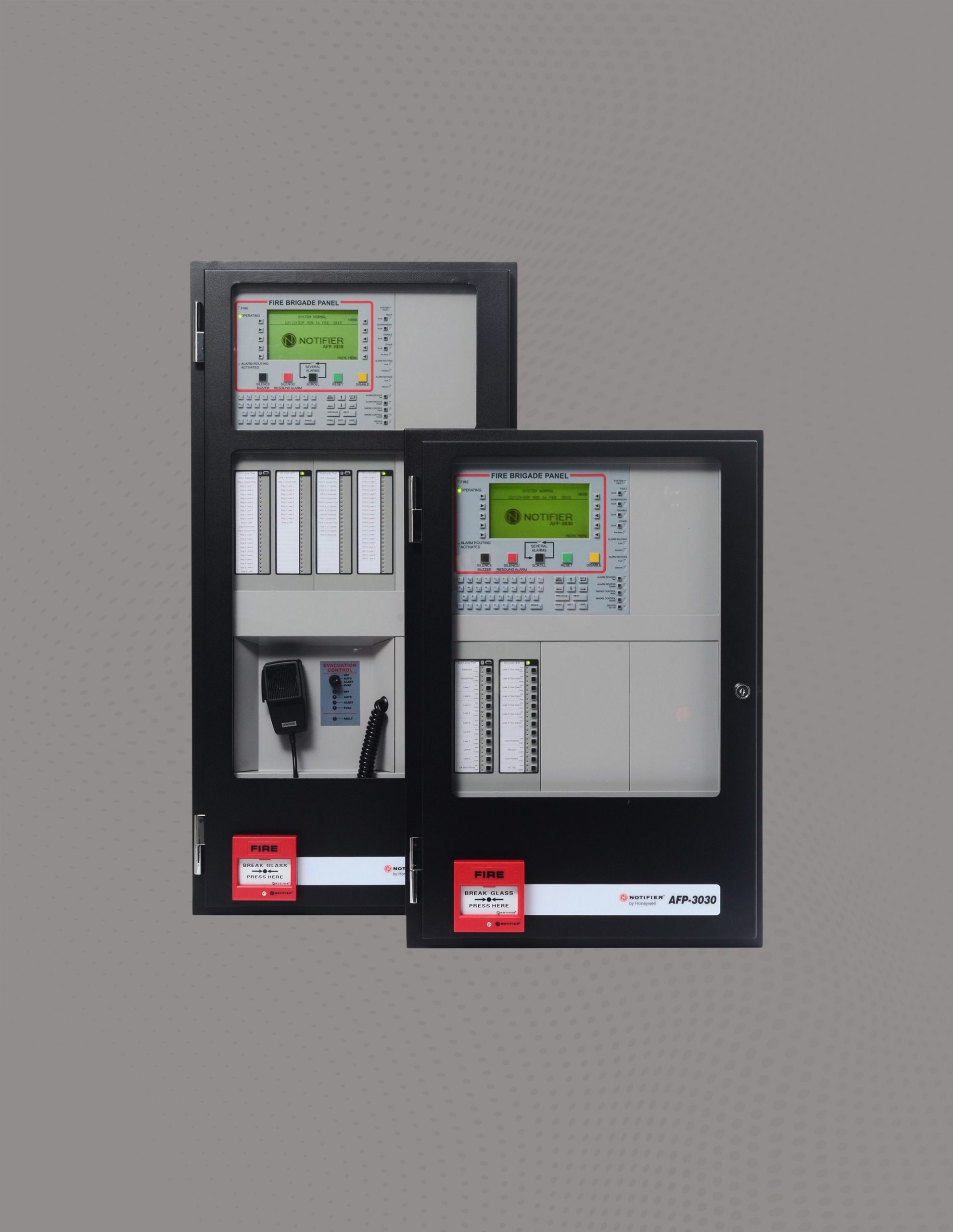
The Importance of Reliable Communication Systems for First Responders
In the world of emergency response, time is of the essence. Every second counts when lives are at stake, and the ability to communicate effectively and efficiently can mean the difference between life and death. This is why reliable communication systems are absolutely crucial for first responders. Pavion, a leader in the field, specializes in providing top-notch communication solutions that ensure seamless coordination and swift action during emergencies.
The Role of Communication Systems in Emergency Response
Communication systems serve as the backbone of emergency response operations. They facilitate the exchange of critical information, enabling first responders to make informed decisions and take appropriate action. Without reliable communication systems, the effectiveness and efficiency of emergency response can be severely compromised.
These systems are not just about enabling voice communication. They also allow for the transmission of data, such as the location of an incident, the nature of the emergency, the resources available, and the status of ongoing operations. This comprehensive flow of information is vital in coordinating efforts, managing resources, and ensuring the safety of both the public and first responders.
The Importance of Reliability
Reliability is a key attribute of any communication system used in emergency response. The system must be able to function effectively under all circumstances, including during severe weather, power outages, and in areas with poor network coverage. It should also be resilient to damage and interference, ensuring that communication lines remain open even in the most challenging conditions.
Pavion understands the importance of reliability and designs its communication systems to meet the highest standards of performance and resilience. By using advanced technologies and robust design principles, Pavion ensures that first responders can rely on their communication systems when they need them the most.
Integration with Other Systems
Modern emergency response operations often involve the use of multiple systems, including fire control panels, smoke control systems, security systems, and mass notification systems. The ability to integrate these systems with the communication system can greatly enhance the effectiveness of emergency response.
For instance, the EST3 and EST4 fire control panels manufactured by Edwards unify fire alarm, smoke control, security, and mass notification systems. When integrated with a reliable communication system, these panels can provide first responders with a comprehensive view of the situation, enabling them to respond more effectively.
Benefits of Integration
Integration offers several benefits. Firstly, it allows for the centralization of information, making it easier for first responders to access and interpret data. This can significantly improve situational awareness, leading to more effective decision-making.
Secondly, integration can enhance the efficiency of operations. By enabling different systems to communicate with each other, it can automate certain processes, reducing the workload on first responders and allowing them to focus on their primary tasks.
Future Trends in Communication Systems for First Responders
As technology continues to evolve, so too do the communication systems used by first responders. New technologies are constantly being developed and integrated into these systems, enhancing their capabilities and reliability.
One of the key trends in this area is the increasing use of digital technologies. Digital communication systems offer several advantages over traditional analog systems, including improved audio quality, greater range, and enhanced security. They also allow for the transmission of data alongside voice communication, providing first responders with a richer set of information.
The Role of Artificial Intelligence
Artificial Intelligence (AI) is another technology that is set to revolutionize communication systems for first responders. AI can be used to analyze data in real-time, providing first responders with insights that can help them respond more effectively to emergencies. It can also automate certain tasks, such as routing calls to the appropriate responders, freeing up human operators to focus on more complex tasks.
While AI is still in its early stages of adoption in emergency response, its potential is enormous. As AI technology continues to mature, it is expected to play an increasingly important role in communication systems for first responders.
Conclusion
In conclusion, reliable communication systems are a critical component of emergency response operations. They enable the exchange of vital information, facilitate coordination, and enhance the effectiveness and efficiency of first responders. As technology continues to evolve, these systems are set to become even more powerful and reliable, helping to save more lives and protect our communities.

Pavion, with its expertise and commitment to innovation, is at the forefront of this evolution. By developing and providing reliable, integrated communication systems, Pavion is helping to shape the future of emergency response.
Take the Next Step with Pavion
Don’t let communication breakdowns compromise your emergency response efforts. Partner with Pavion to ensure that your team is equipped with the most reliable and integrated communication systems available. Experience the peace of mind that comes with knowing you’re prepared for any crisis. Get a Free System Assessment today and join the ranks of protected and connected communities worldwide.


